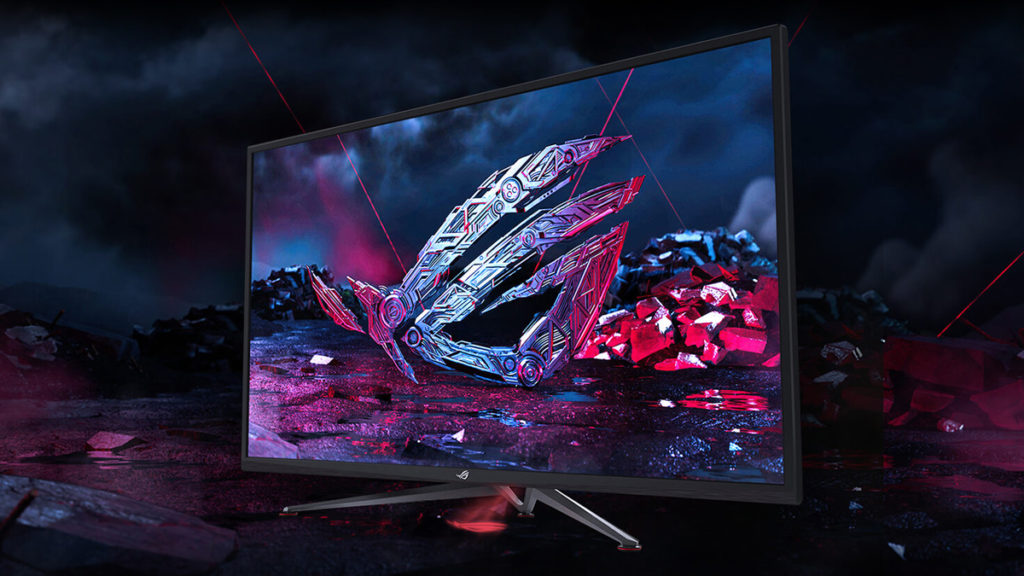Images: ASUS
ASUS recently announced a 32-inch HDMI 2.1 gaming monitor, but if that’s too small for you, the company has another display up its sleeve called the ROG Strix XG43UQ, which features a much larger 43-inch screen. The company’s Edge Up article fails to note whether this is a 4K IPS or VA panel (the latter is likely based on previous products), but it does confirm refresh rates of up to 144 Hz, as well as DisplayHDR 1000 certification and multiple HDMI 2.1 ports. Pricing and availability are unknown.
“It wraps refresh rates up to 144Hz and VESA DisplayHDR 1000 compliance into a sleek white chassis that attractively coordinates with the PS5 or Xbox...
Continue reading...
